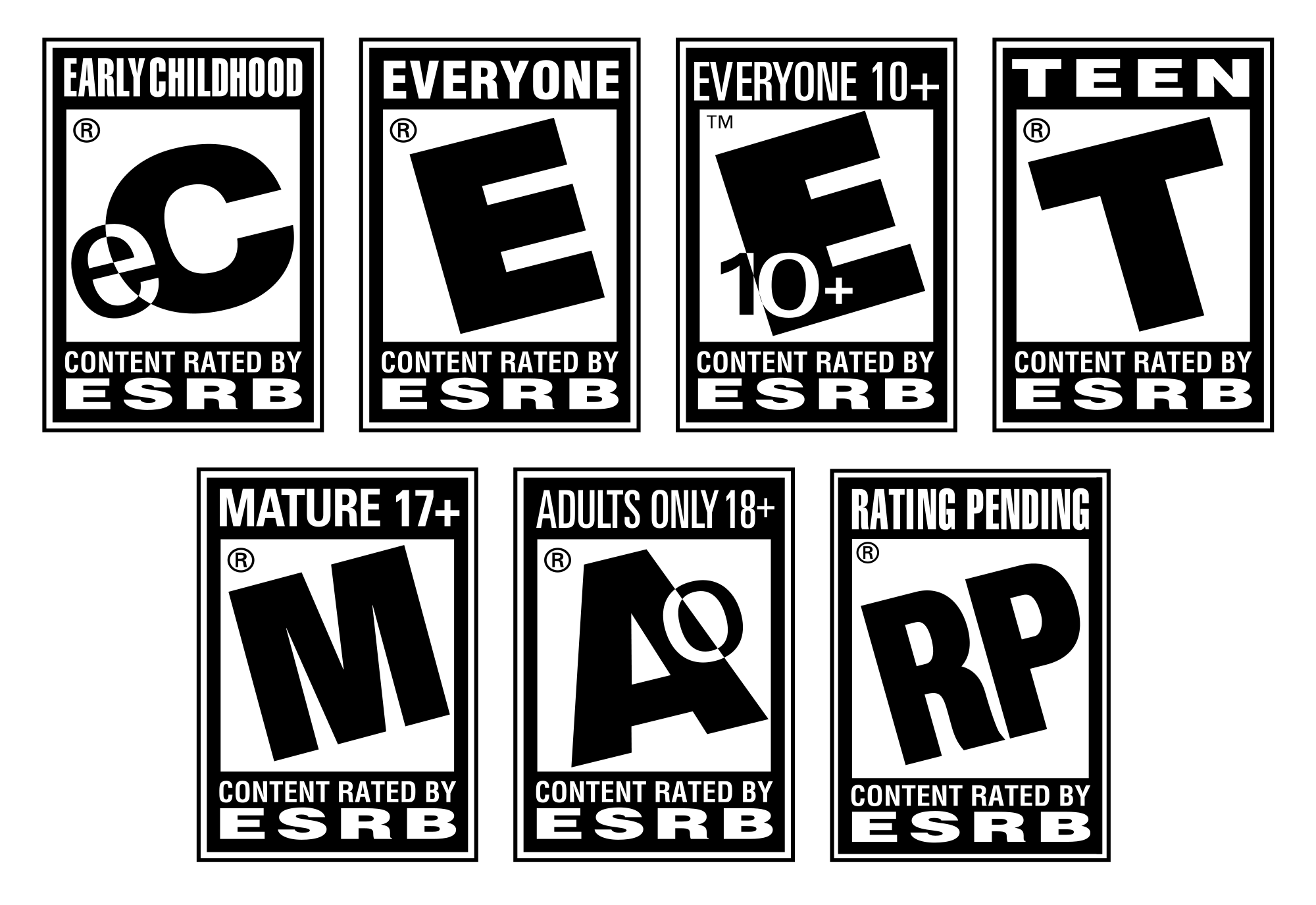It’s no secret that in 2013 Obama sought to give the CDC $10million to study the links between gaming and media with violence. This has been a concern to parents and families for years, but what do we know about it?
The Entertainment Software Rating Board (ESRB) now determines game rankings based on 30 categories of inappropriate content that could appear in each game. When searching the site, you can sort between a summary of these through eight categories: Violence, Blood/Gore, Sexuality, Nudity, Language, Substances, Gambling, and Humor.
Big name games like Black OPs, labeled M for Mature with an age rating of 17+, have even gone out of their way to attempt to dull down the violence with game options that turn off blood/gore and harsh language. I’ve noticed this myself while going through the game settings.
Over the past two months, there were also two articles on The Guardian about video games and violence. One titled, “Do video games make children violent? Nobody knows – and this is why” by Rich Stanton points out two major problems with continued research into this topic. The first, that defining “violence” or “aggression” is difficult when comparing them to the games used by the person(s) being studied; each game contains different forms and levels of violence. People in reality do too, so determining what to compare in both cases is not an exact science. 
The second is that even though there may be a slight correlation it cannot be determined that the games are the main factor in a person’s reaction. In regard to his own research Stanton states:
“What the Conduct Disorder study is saying is that there’s a relationship here worth looking into, but it can’t point the finger at anything, and that above all the association is weak. This conclusion has to be interpreted in the context of (a) the solid data and (b) other studies arguing for a much larger and in some cases causal effect between violent video games and aggressive behavior. The fact these findings are so uncertain also highlights the difficulties researchers face in getting a handle on the subject.”
Even with this being the case, we are still being given evidence that we should worry about game content. Wikipedia has a list of controversial and regionally censored games. Among these games are Fallout 3, Grand Theft Auto: Sand Andreas, Gotcha, Death Race, and Saints Row lV. So even if the violent game content is not the sole factor in recorded studies it does have a hand in it. This means it needs to continue to be addressed and studied. ratings need to continue to adapt to fit the expanding contents concepts these games contain. Overall it may have more of an effect than we realize.








Published: Mar 14, 2016 02:07 pm